A resource for learners to explore the ways you can use the Agency by Design Framework and Making Moves/Indicators.
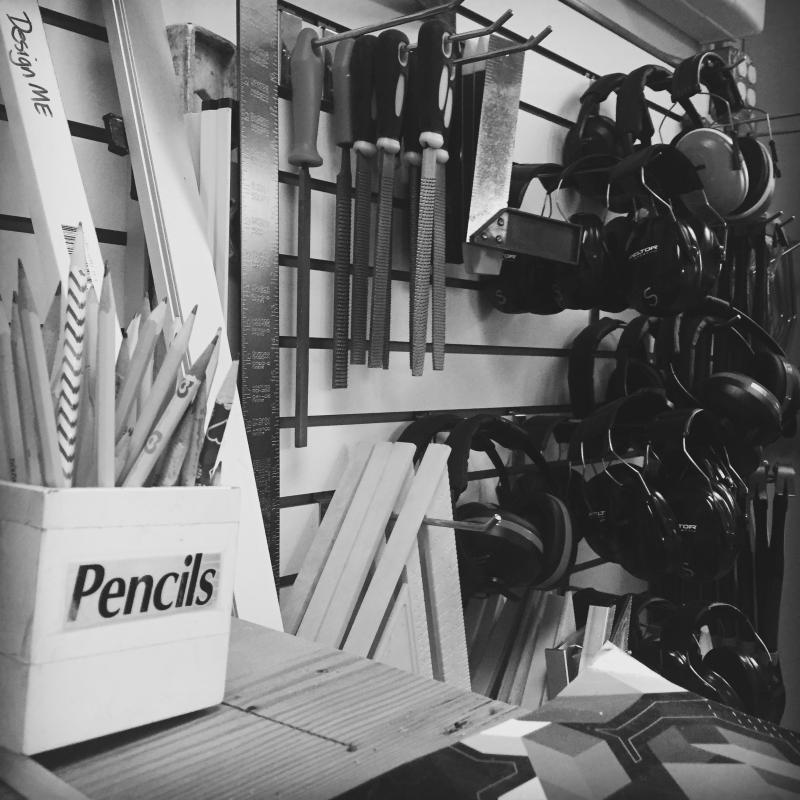
A resource for learners to explore the ways you can use the Agency by Design Framework and Making Moves/Indicators.

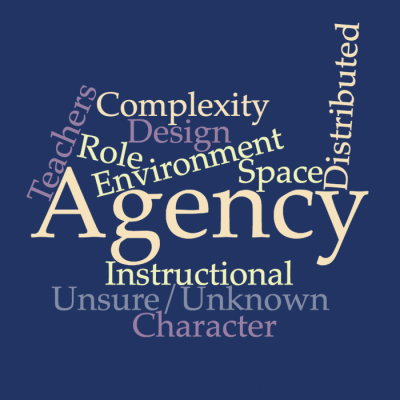
Agency by Design research assistant Sarah May explores the complex nature of working with qualitative data based on her experiences collaboratively coding and analyzing AbD’s interview transcripts.
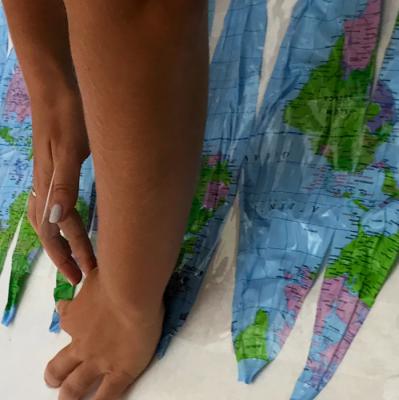
This piece is the first in a series of Field Notes which can be read as a Take Apart Toolkit of sorts, including how to use Take Aparts to engage in deep analysis, to increase accessibility, to explore the complexity of less tangible objects and systems, and more.
Cracking the case of a computer always inspires a small gasp—an intake of breath that is part fear and part wonder. And it really is beautiful in there.
 For that matter, so are the guts of a blender or a blow dryer or an FM radio. When I first started using Take Apart practices in the classroom, it was for the simple unwrapping of the incredible miniature landscape inside of the familiar objects that we think we understand most intimately. The view from the inside is a powerful and nearly instantaneous entrypoint into what Agency by Design names a sensitivity to design—that the world around us is designed and made by humans like us, and can be remade, too.
For that matter, so are the guts of a blender or a blow dryer or an FM radio. When I first started using Take Apart practices in the classroom, it was for the simple unwrapping of the incredible miniature landscape inside of the familiar objects that we think we understand most intimately. The view from the inside is a powerful and nearly instantaneous entrypoint into what Agency by Design names a sensitivity to design—that the world around us is designed and made by humans like us, and can be remade, too.
Over time, I came to think of a Take Apart a perfect first dip into maker-centered learning for learners of any age or context because it requires very little prior knowledge. When I’m guiding a group of learners, I like to ask: Look at the object in front of you—do you know its name? Have you ever used it? Most of us can stare down a clock with some level of confidence and firsthand experience. We have a connection to an object we recognize and ready access to what we already know about how it is used, some alternative forms it may have, and even some ideas about how it works. We have memories that may connect it to our home, the Kindergarten teacher who taught us how to tell time, the last clock we touched. A Take Apart has an emotional locomotion that is hard to resist.
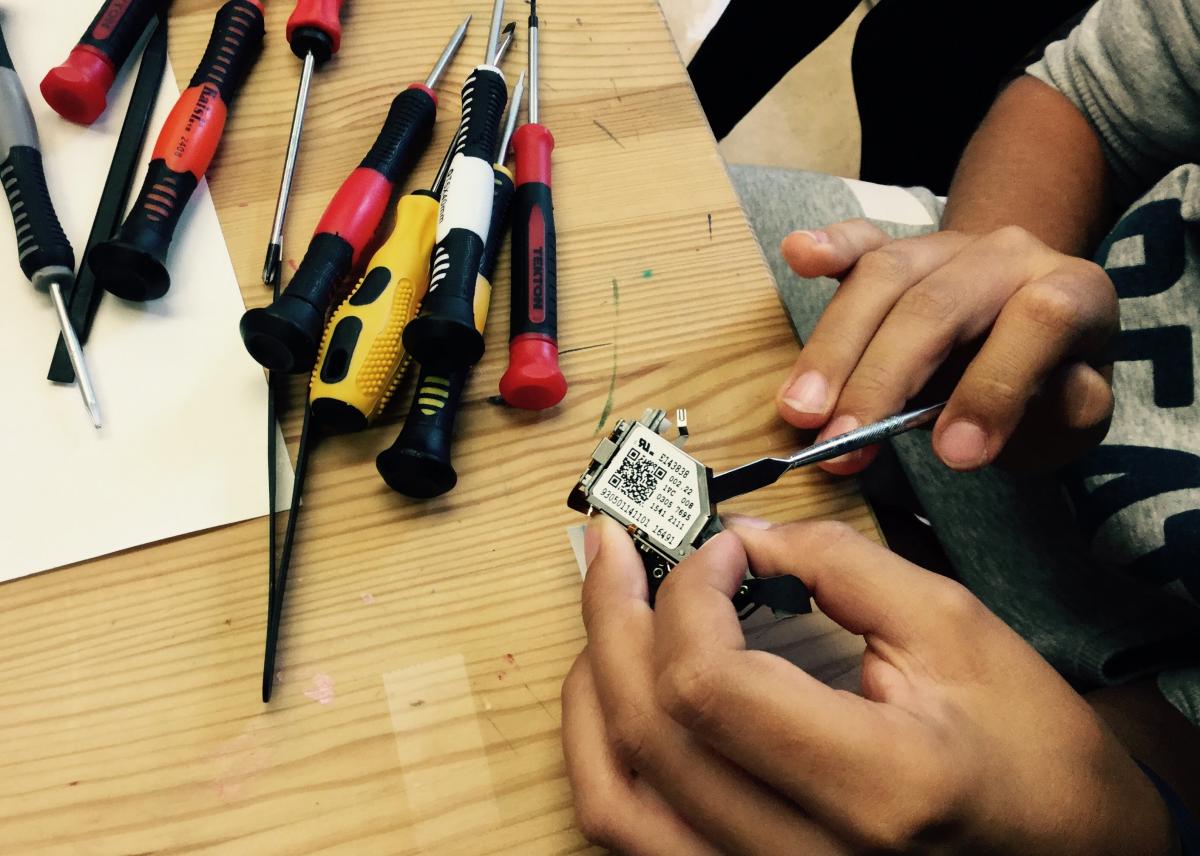 A first, essential step is looking closely—slowly observing and reflecting on the whole. One of the key requirements of a Take Apart, and one that I share with learners, is this important permission: You will not be asked to put it back together. You do not need to preserve it. Once the clock is really Taken Apart, it does not go back together, literally or conceptually. It is a plastic rain poncho that can never be stuffed back into its perfect tiny pouch. When we unpack the parts and complications of the clock—when we explore complexity—our understanding of it balloons out dimensionally.
A first, essential step is looking closely—slowly observing and reflecting on the whole. One of the key requirements of a Take Apart, and one that I share with learners, is this important permission: You will not be asked to put it back together. You do not need to preserve it. Once the clock is really Taken Apart, it does not go back together, literally or conceptually. It is a plastic rain poncho that can never be stuffed back into its perfect tiny pouch. When we unpack the parts and complications of the clock—when we explore complexity—our understanding of it balloons out dimensionally.
Permission to break things is a visceral release, and the small shock of cracking the case of a clock marks that crystal moment of transgression. “No going back now,” some learners might say, or “Is this what I’m supposed to do?” They have entered forbidden territory.
The real processing begins when learners' hands are deep in the guts of the clock and a flurry of questions and inferences rise out of their inherent curiosity. It can get wild in there, and conversations and observations help make order and meaning of what they find. I like to prompt, What do you see? What words or numbers can you find? How are things connected? How does it work to move the hands? As pieces start to come out onto the table, I ask: Sort them in a way that makes sense to you. Is it the way they fit together on the inside? Is it by size or color? What way explains the clock best?
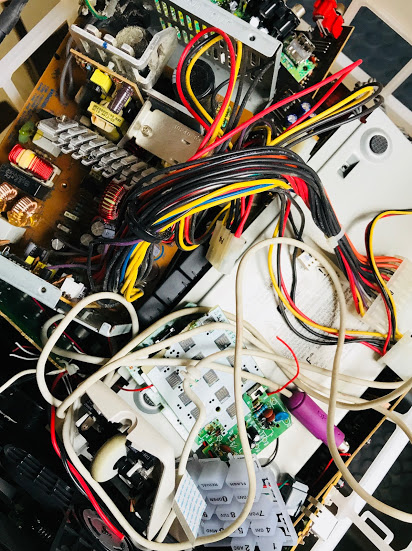
When everything is out, when it is arranged as a representation of our understanding of the clock, it has changed irreversibly. It is broken, for sure, but it is also now physically and conceptually larger than it has ever been. Reflection can make visible how learners’ understandings of the clock and their thinking about it have grown. They can teach what they have learned, or explain a moment of surprise where what they thought they knew about the clock was upended. I often invite my students to consider the following: What was hard about taking it apart, physically or emotionally—and what does that mean? What was hard about explaining its workings? What puzzles remain?
Then finding opportunity becomes a natural next step. Often, learners will ask me if they can keep a piece of this clock. I might ask: Why this piece? What do you want to do with it? What should be thrown away, and what is just too interesting?
In the past year, the Making Across the Curriculum project at Washington International School has supported our faculty to dig into an exploration of what Take Apart practices might look like in a classroom. The curiosity and enthusiasm of students during a Take Apart is often the most obvious impact, but we are also trying to identify more subtle evidence of student understanding.
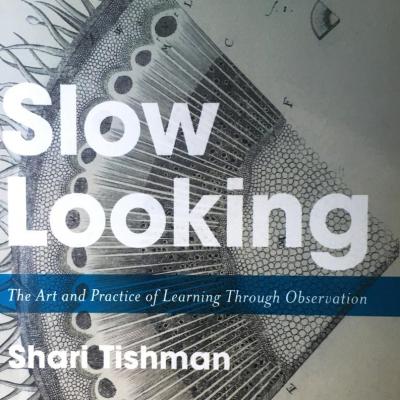
Slow Looking provides a robust argument for the importance of slow looking in learning environments both general and specialized, formal and informal, and its connection to major concepts in teaching, learning, and knowledge. A museum-originated practice increasingly seen as holding wide educational benefits, slow looking contends that patient, immersive attention to content can produce active cognitive opportunities for meaning-making and critical thinking that may not be possible though high-speed means of information delivery. Addressing the multi-disciplinary applications of this purposeful behavioral practice, this book draws examples from the visual arts, literature, science, and everyday life, using original, real-world scenarios to illustrate the complexities and rewards of slow looking.

Educator Tatum Omari examines the system of educator collaborations and partnerships.
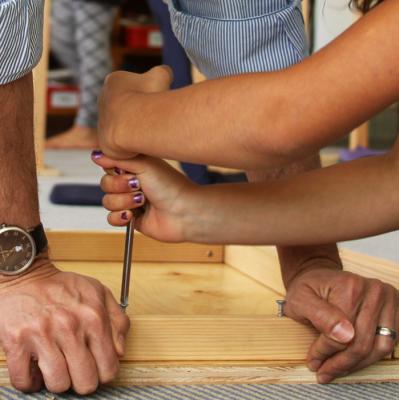
AbD researchers describe how their use of agency “vignettes” help them gain new understandings around the concept of agency.
This routine encourages learners to slow down and make careful, detailed observations as they look beyond the obvious features of an object or system and think about how it works. This thinking routine can help foster curiosity as children notice details, ask questions, make connections, and identify topics for future inquiry.

This routine encourages learners to consider the different and diverse perspectives held by the various people who interact within a particular system.
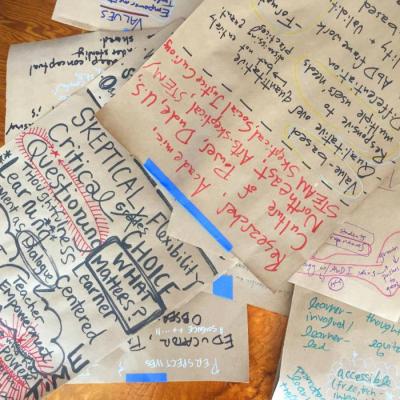
Synthesizing recent conversations between AbD and the Oakland Leadership Team, AbD researcher Andrea Sachdeva proposes a values-based stance on documentation and assessment in maker-centered learning.